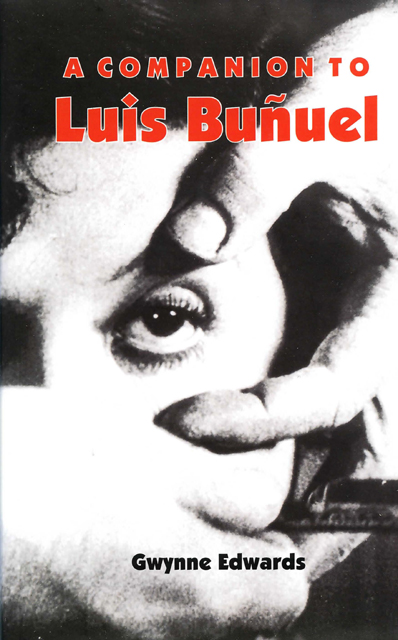Conclusion
Published online by Cambridge University Press: 05 May 2023
Summary
Luis Buñuel’s career as a film-maker was extremely long – from Un Chien andalou in 1929 to That Obscure Object of Desire in 1977 – very largely consistent in terms of themes and technique, and singularly brilliant. It falls roughly, as the preceding chapters suggest, into three parts, though it is important to emphasise that these are not mutually exclusve, for Buñuel’s work is distinguished by recurring personal, social and religious preoccupations. The first period corresponds to the years 1929 to 1934 and the completion of his three unmistakably surrealist films: Un Chien andalou, L’Âge d’or and Las Hurdes. The second period extends from around 1946 to 1960, when Buñuel spent most of his time in Mexico, making largely commercial films on low budgets and in a limited period of time. And the third period, when he divided his time between Mexico, France and Spain, saw the completion of the films for which he is best known and for the making of which he enjoyed much greater financial resources and artistic freedom than he had in Mexico: Belle de jour, The Discreet Charm of the Bourgeoisie and That Obscure Object of Desire.
As is often the case with young and committed creative artists, Buñuel’s early work is the most explosive. Seventy-five years on, the disconcerting effect on the spectator of Un Chien andalou is as great today as it ever was, the slicing of the young woman’s eye-ball with a cut-throat razor as likely to elicit reactions of horror and panic as it did in 1929. It is a moment that has written itself indelibly into the history of cinema, while the film as a whole, a mere seventeen minutes long, remains the only example of surrealist cinema to have made a truly lasting impression. Its power stems undoubtedly from the resolve of both Buñuel and Dalí to put on the screen a series of images, which in their illogicality, their dream-like nature and their sexual implications encapsulated the principles of Surrealism and struck out at traditional cinematic values as much as Picasso’s Les Demoiselles d’Avignon turned on their head traditional ideas in painting. In many ways Un Chien andalou is André Breton’s Manifesto of Surrealism put into practice. But it is also more than this, for its haunting, dream-like sequences are also a clear anticipation of the emphasis on the unconscious that would become the hallmark of Buñuel’s future work.
- Type
- Chapter
- Information
- A Companion to Luis Buñuel , pp. 143 - 148Publisher: Boydell & BrewerPrint publication year: 2005

